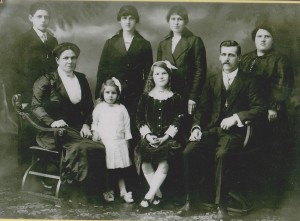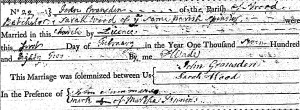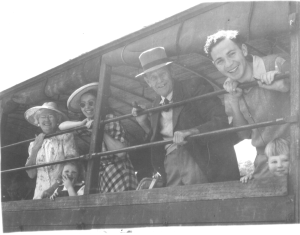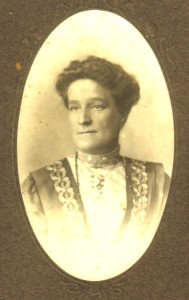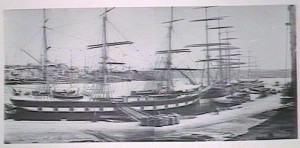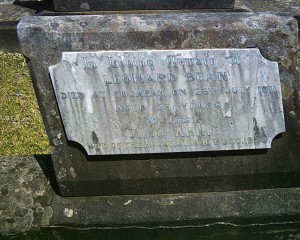I have put up my Eulogy to Linda Bean a number of posts back. It was a post more about how I felt about her life and death than the actual details of her life and death. However, it is now Women’s History Month so I am going to put up the Eulogy that was said at her service. That Eulogy recognises the ups and downs of her life including the fact that Linda had a terribly debilitating mental health disorder. Despite this, Linda had an eventful life and unlike many of the women of her time she worked before she was married and then when her marriage started to fall apart she went back to work to support both herself and her children.
Linda Bean nee Pratt
Linda was born on 28 December 1918 at Ariah Park in NSW. She was the third daughter of Emily and William Pratt.
Linda was educated at San Souci Primary School and later at Crown Street Girl’s School.
After leaving school, Linda worked in a variety of jobs including a position as a stock clerk with David Jones.
On 4th April 1942, Linda married Raymond Percy Bean. After the birth of her three children, Linda trained as a nursing sister at the Concord Repatriation General Hospital and also at the Rachel Forster Hospital at Redfern. In 1967, Linda took on post graduate training at the St George District Hospital at Kogarah, where she obtained her Geriatric Nursing Certificate, after which she spent six years in District Nursing.
When Linda divorced, she became involved in a series of staff nursing appointments, with the British Motor Company, David Jones production Unit and with Pye Industries where she looked after the health of some 1,000 workers.
In her more senior years, Linda displayed characteristics of paranoia which had the affect of alienating family members, friends and associates. This caused her to become increasingly isolated and withdrawn. She spent her last years in the Presbyterian Aged Care facilities at Paddington and Ashfield.
Linda’s family was not aware until recent years that she was suffering from mental illness including schizophrenia. They felt regret that if they had known earlier about her condition, they may have been prompted to find better health care for her. Lind’s experience shows that there needs to be a better understanding of mental illness in the wider community and how it can affect families and carers. Also there needs to be improved communication between health professionals and close family members when a loved one is suffering from mental illness.
Prior to her battle with mental illness, Linda was very caring towards her family and to those whom she nursed in the wider community. She was artistic and had a great love of art, music and politics. She will be greatly missed by all who knew her.



